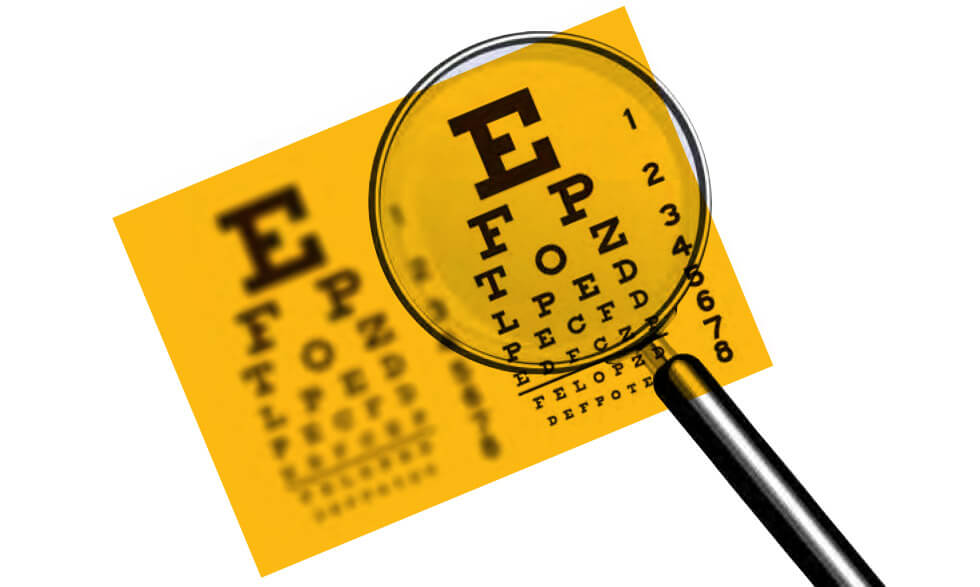
Last updated on August 16th, 2024 at 04:27 pm
[Introduction]
Not seeing clearly? Cataracts might be the problem.
Like a camera, your eyes rely on a lens—the clear part of the eye that helps to focus light, or an image, on the retina. A cataract is a clouding of the lens in the eye that affects vision. Most cataracts are related to aging. By age 80, more than half of all Americans either have a cataract or have had cataract surgery.
June marks National Cataract Awareness month. The National Eye Institute (NEI) has helpful resources on the condition, symptoms, and potential treatment options, which have been summarized below. For resources on cataracts from NEI, including an animation on what a cataract looks like, visit NEI’s website.
What are the most common symptoms of a cataract?
- Cloudy or blurry vision.
- Colors may seem faded.
- Seeing a glare. Headlights, lamps, or sunlight may appear too bright. A halo may appear around lights.
- Poor night vision.
- Double vision or multiple images in one eye. (This symptom may clear as the cataract gets larger.)
- Frequent prescription changes in your eyeglasses or contact lenses.
These symptoms also can signal other eye problems. If you have any of these symptoms, be sure to check with your eye care professional.
Are there different types of cataracts?
Yes. Although most cataracts are related to aging, there are other types:
- Secondary cataract. Cataracts can form after surgery for other eye problems, such as glaucoma. Cataracts also can develop in people who have other health problems, such as diabetes. Cataracts are sometimes linked to steroid use.
- Traumatic cataract. Cataracts can develop after an eye injury, sometimes years later.
- Congenital cataract. Some babies are born with cataracts or develop them in childhood, often in both eyes. These cataracts may be so small that they do not affect vision. If they do, the lenses may need to be removed.
- Radiation cataract. Cataracts can develop after exposure to some types of radiation.
How is a cataract treated?
The symptoms of an early cataract may improve with new eyeglasses, brighter lighting, anti-glare sunglasses, or magnifying lenses. If these measures do not help, surgery is the only effective treatment. Surgery involves removing the cloudy lens and replacing it with an artificial lens.
What research is being done?
The National Eye Institute is conducting and supporting studies focusing on factors associated with the development of age-related cataracts. These studies include:
- The effect of sunlight exposure, which may be associated with an increased risk of cataracts.
- Vitamin supplements, which have shown varying results in delaying the progression of cataracts.
- Genetic studies, which show promise for better understanding cataract development.
